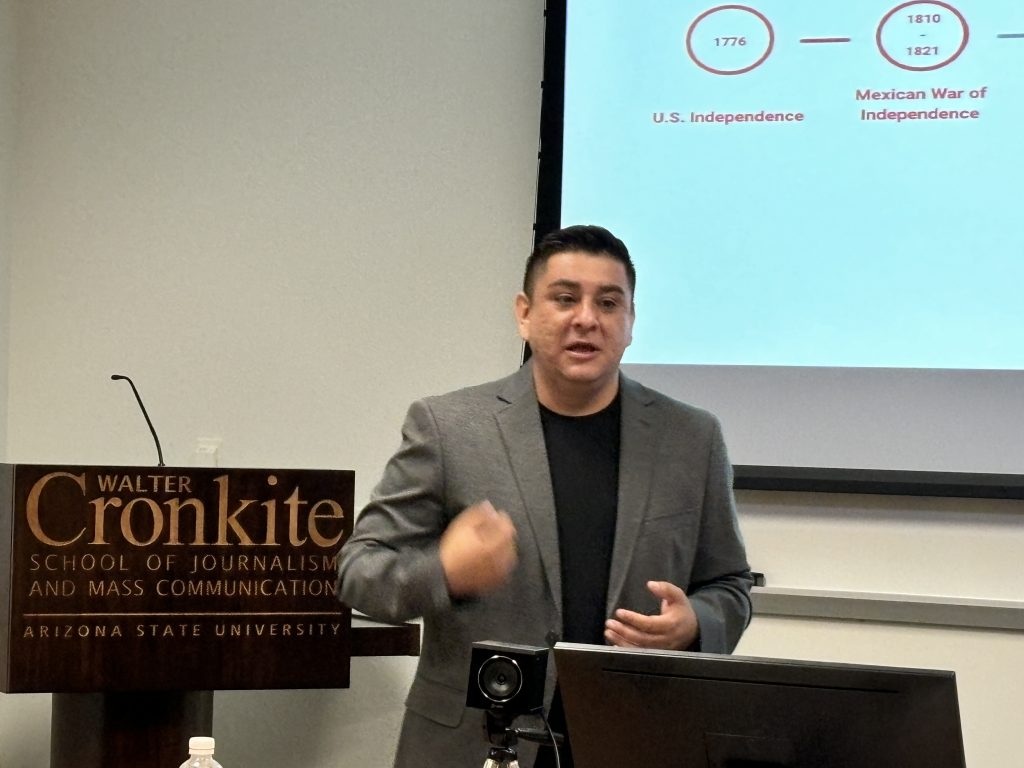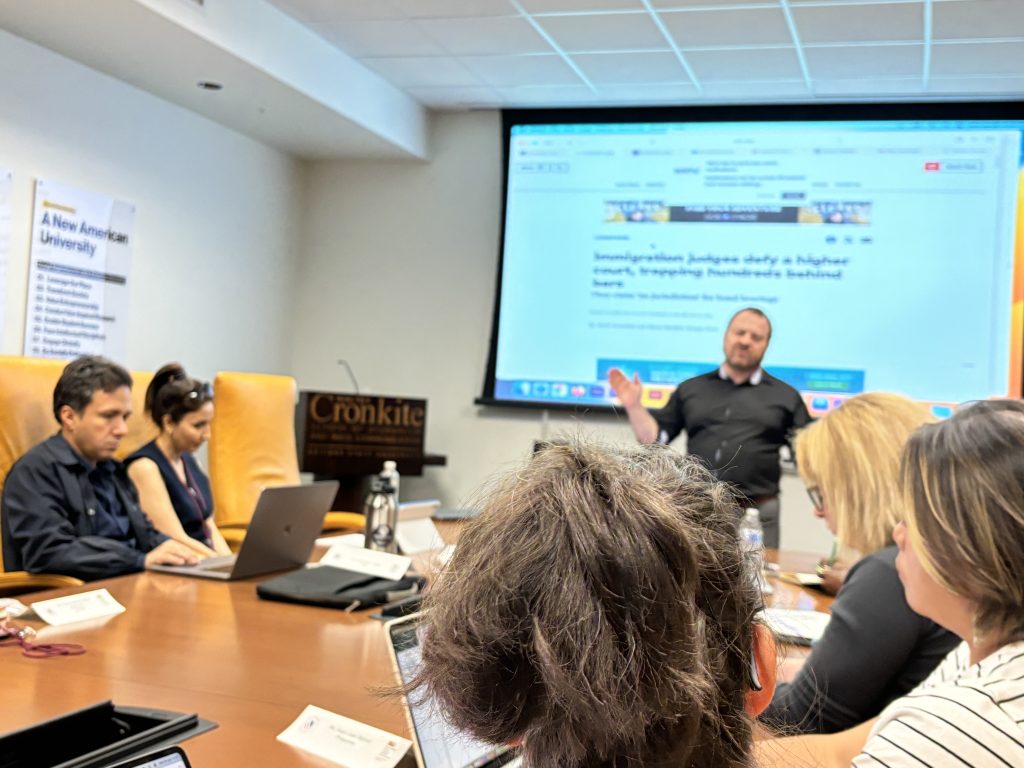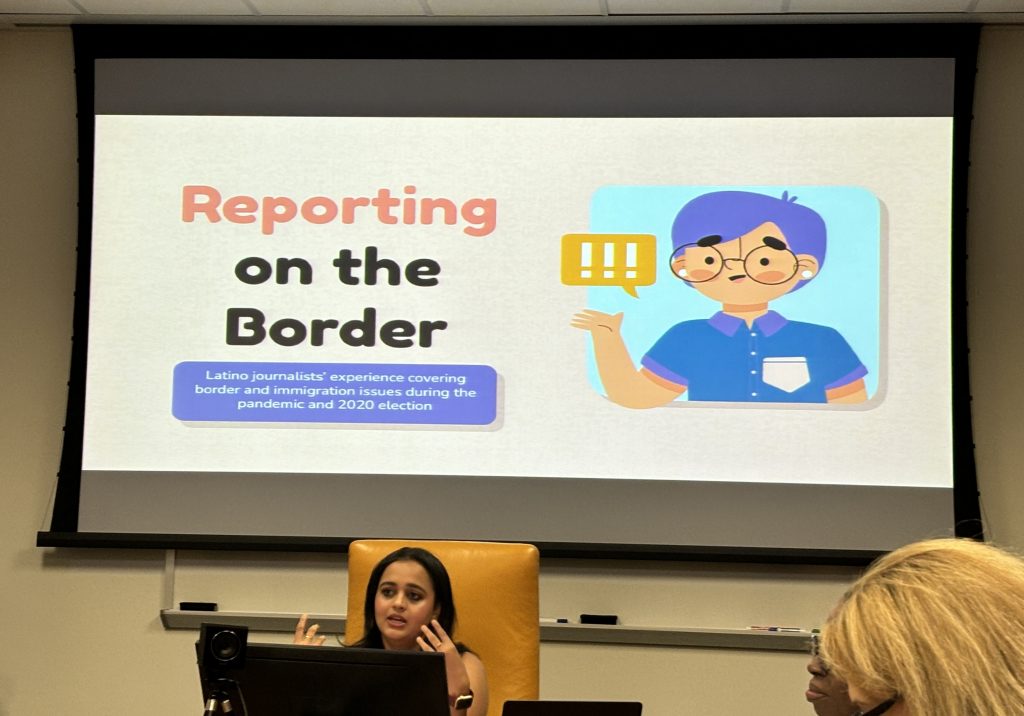The 2024 SUSI program at ASU has progressed to its fourth week. Over the initial three weeks, the study subjects ranged from media literacy to digital narrative, to American politics and institutions, with this week highlighting the immigration issue in the United States.
In the past years, a global migration wave has surged due to climate change, economic instability, and political violence, causing significant shifts in immigration policies. Record numbers of immigrants have entered border communities and dispersed into cities across the United States. The immigrant population in the U.S. is expanding at a rate exceeding previous forecasts. President Biden’s recent policy, which took effect from June 5, 2024, states that asylum rights would be suspended if the daily influx of immigrants exceeds 2,500. This policy adjustment has sparked intense discussions and debates within both the political and public spheres.
Mexican diaspora
Today’s course schedule is centered on the topic of immigration at the US-Mexico border. The first lecture featured Dr. Rafael A. Martínez discussing “Immigration in the American Southwest.” He initiated the discussion by exploring the historical relationship between the United States and Mexico since the former’s independence. Since 1924, a considerable number of Mexican people have migrated to the United States. Initially, they sought work to support their families and frequently traveled between the two countries. However, as time passed, the prospect of returning became increasingly difficult. Immigration has profound implications for the political, cultural, social, and economic landscapes of the United States and its bordering countries. The labeling of this immigrant group is also a matter of contention, with some advocating for the term “undocumented immigrants” over “illegal immigrants.”

Transparency, transparency, transparency
Mr. Mark Greenblatt delivered the second lecture, titled “Investigative reporting and the border.” He advocates for transparency as the optimal strategy to ensure self-protection during investigative interviews. However, this session primarily centered on investigative journalism rather than border reporting. Leveraging his extensive experience and networks in the professional realm, he imparted valuable insights for students on expediting report completion, swiftly sourcing a reliable tour guide, brainstorming effectively, and meeting reporting deadlines under time constraints.
A major insight I garnered from this lecture is the importance of re-evaluating the potential roles and contributions that industry professionals can bring to university teaching, offering valuable reference points for future considerations.

Six tips for improving border coverage
The third lecture, led by the newly minted Dr. Nisha Sridharan, delved into the topic of border reporting. She interviewed 15 Latin American journalists residing along the border between the two countries to examine two questions: how did the COVID-19 pandemic and the heightened politicization of the border during the 2020 election affect Latino journalists and their reporting practices? And in what ways has residing in the borderlands shaped Latino journalists and their approach to covering border and immigration issues amidst the election and pandemic?
At the conclusion of the lecture, Dr. Sridharan presented six tips aimed at enhancing the quality of border news reporting, which are as follows:
- Humanize: Tell human stories, especially when reporting on policy.
- Bring respect: Respect humanity of immigrants and border communities.
- Beyond polities: Don’t follow political narratives set by officials and politicians.
- Expect surprises: Border communities are complex but often stereotyped.
- Add perspective: Those from outside the border can offer new perspectives on these stories.
- Find nuance: Don’t tell simple stories by using generalized explanations.

In the United States, often described as a melting pot of different backgrounds, immigration issues stand out for their complexity and political significance on the global stage. The evolving situation at the U.S.-Mexico border regarding immigration has drawn substantial attention from international media outlets and is expected to remain a focal point of interest.